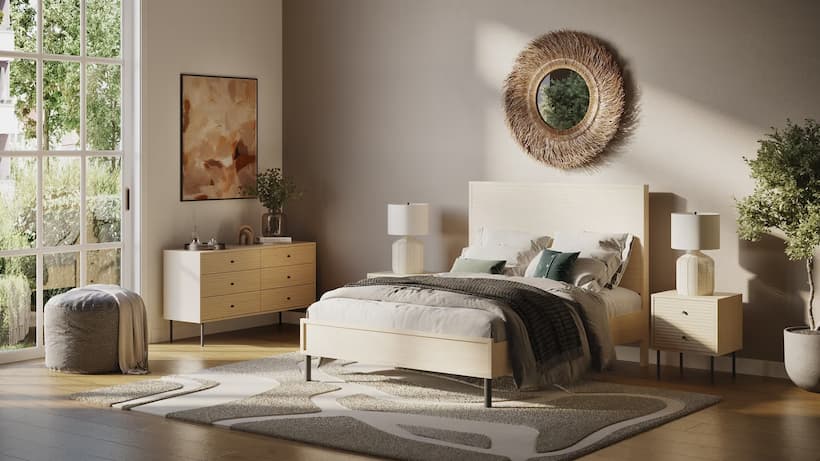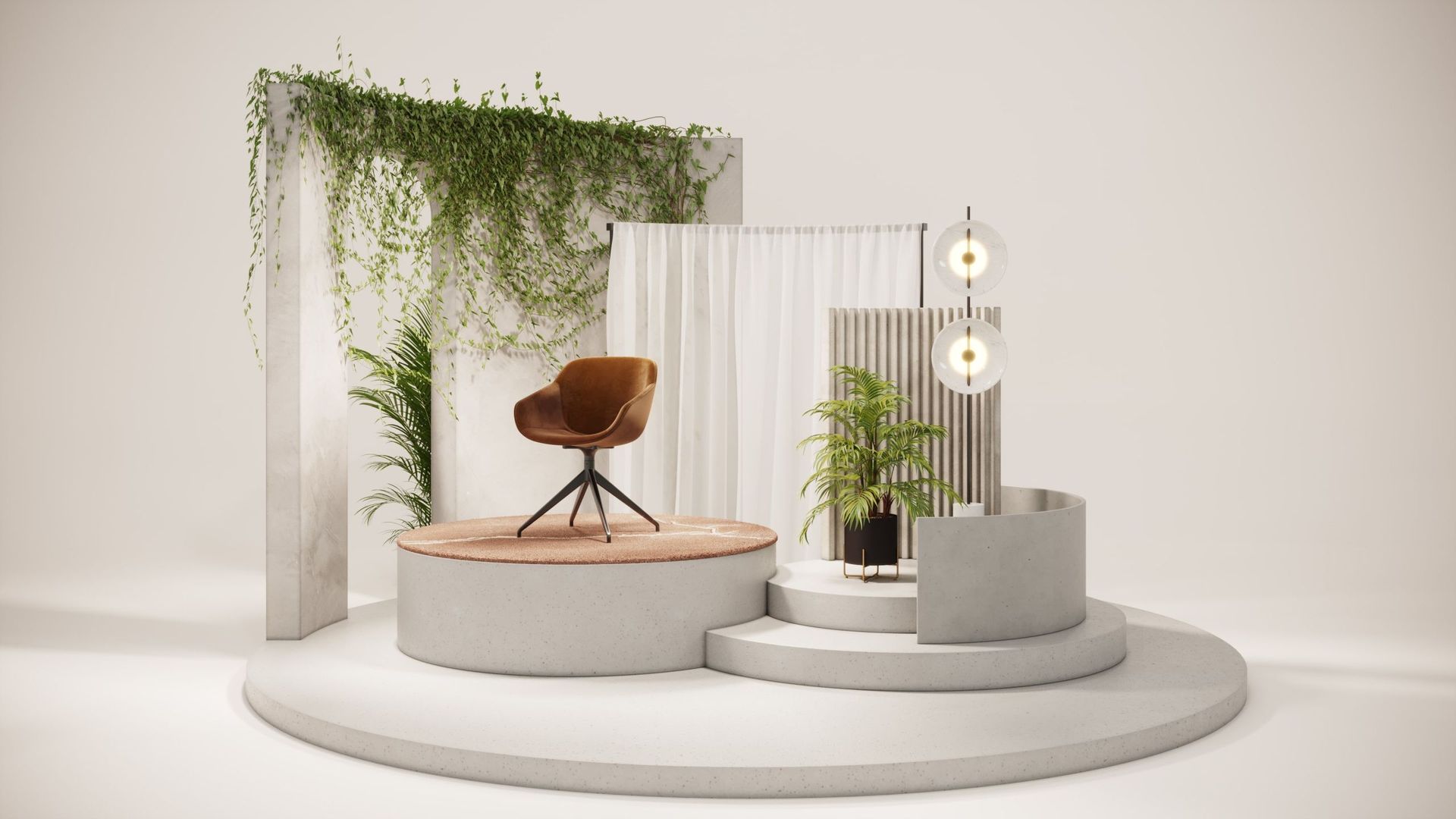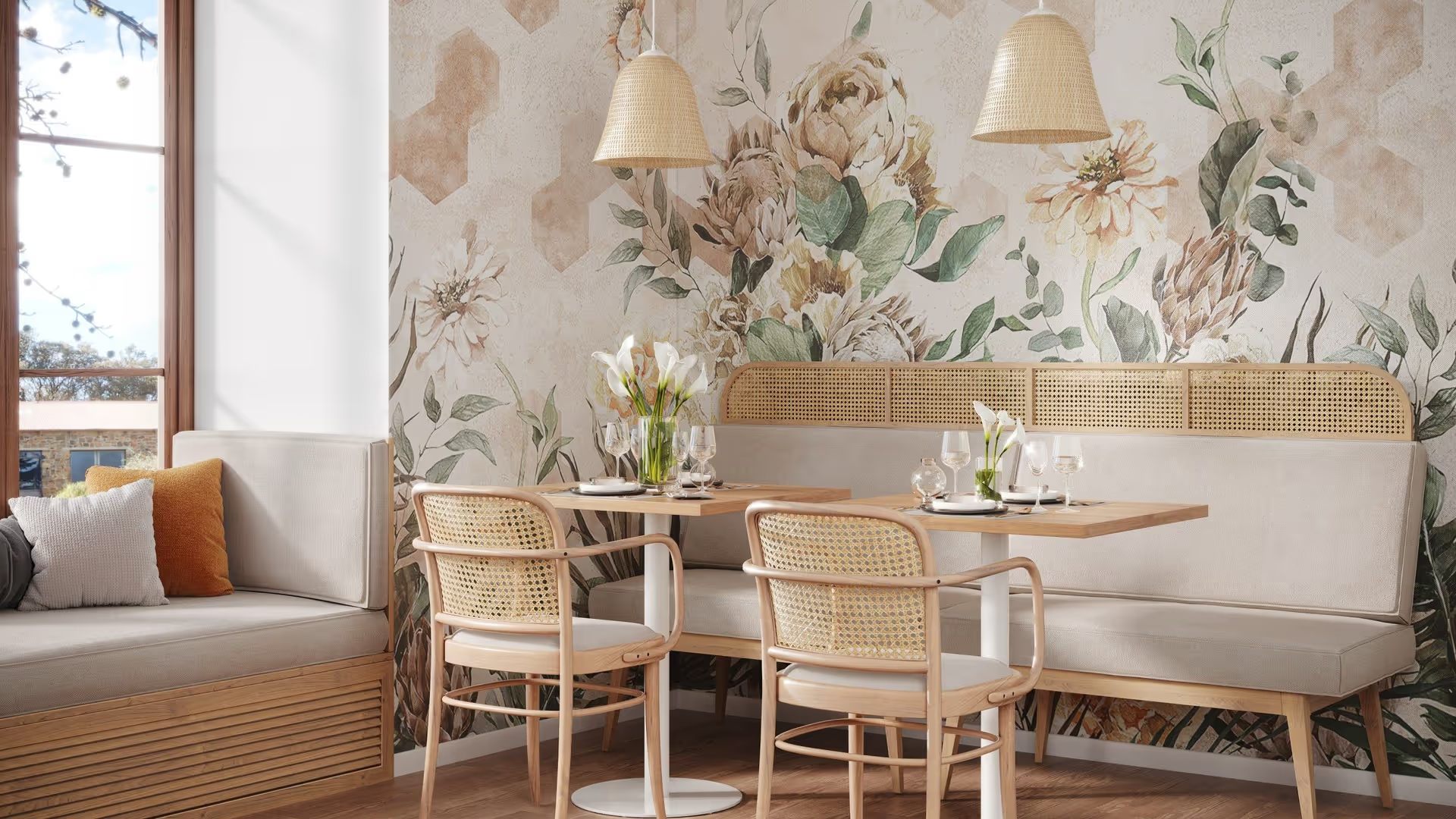The most persuasive product stories today don’t start in a studio. They start as clean, adaptable 3D assets. From furniture and lighting to consumer tech and home goods, brands are replacing one-off photoshoots with flexible digital models that can generate images, videos, and interactive views on demand. It’s faster, more consistent, and built for the way shoppers research online.
Early in a project, teams that lean on professional 3d modeling services get a head start. They can validate form and finish before manufacturing, create on-brand visuals for every channel, and keep costs predictable as variants multiply.
What 3D Modeling Really Does for a Business
A well-built 3D model is more than a “nice render.” It becomes a master asset that feeds your entire content pipeline. The same file can produce studio shots for product pages, close-ups for ads, lifestyle scenes for social, short loops that show how something works, and even interactive 360° viewers or AR placements.
That flexibility matters when product lines expand. Adding a new finish or hardware option doesn’t require sending prototypes to a photographer and rebuilding sets. You update the material once and publish fresh visuals everywhere your brand lives.
Why the Shift Away from Traditional Photoshoots
Photoshoots still have their place. But they’re slow, seasonal, and expensive to repeat. If you change a fabric or launch a limited colorway, it’s yet another day on set.
With 3D, content creation is continuous. You can test ideas in hours, not weeks. You can standardize angles and lighting across dozens—or hundreds—of SKUs. And you can maintain a consistent look even as teams change or agencies rotate. In practical terms, that means fewer production bottlenecks and fewer visual mismatches across your catalog.
Better Decisions, Earlier in the Process
Design and merchandising choices are easier when stakeholders can see accurate proportions, surfaces, and joins under believable light. A product manager can compare two finishes side by side. A retail partner can review pack shots quickly. A sales team can request a hero angle from a new perspective without starting over.
Customers benefit too. Zoomable details, multiple angles, and simple motion clips reduce guesswork. When people understand what they’re buying, returns drop—and conversion rises.
Built for Modern Product Pages
Online shoppers skim. They want clarity in a second or two. High-quality 3D assets meet that expectation: clean hero images, tidy detail crops, and (when helpful) a short loop showing a drawer glide or a hinge close.
The same asset can power an AR try-on or a 360-spin without breaking your visual system. That keeps pages fast and consistent while answering the questions that typically drive pre-purchase emails.
Consistency at Scale
Nothing undermines a brand like inconsistent visuals. Shadows shift, white balances drift, camera heights change from SKU to SKU. A shared 3D pipeline eliminates those seams. Lighting and cameras are standardized, so every new product drops into a stable visual system. Launches feel cohesive. Older images don’t need to be retired because the next batch looks different.
For teams working across regions and time zones, this uniformity is a relief. Everyone references the same master model and style guide. Localized content doesn’t look like a patchwork.
Sustainability and Budget Sense
Skipping repeated prototype shipments and traveling photo crews isn’t just efficient—it’s greener. Many teams also see steadier content costs: one upfront model investment, then predictable render fees as marketing plans evolve.
That predictability helps marketers plan multi-month campaigns with fewer surprises. It also helps finance teams understand how content scales as catalogs grow. As brands continue to innovate in content creation, tools like the AI flyer generator can enhance your marketing collateral in a similar way. Whether you’re promoting a new product launch or a special offer, this AI-powered tool can help you create eye-catching flyers quickly and easily. Just as 3D models streamline product visuals, the AI flyer generator helps businesses design promotional materials that capture attention without the need for complex design skills. You can explore this tool and start creating today.
Where 3D Modeling Shines Right Now
Home & furniture. Finish libraries, fabric variations, and room-ready lifestyle scenes that can be reused across campaigns.
Lighting & fixtures. Realistic metals and glass; believable reflections and shadows; quick close-ups of details that matter to buyers.
Appliances & hardware. Accurate proportions, clearances, and control layouts that lend credibility in crowded markets.
DTC and marketplaces. Consistent hero angles and fast variant updates across Amazon, Shopify, Wayfair, and brand sites.
B2B sales enablement. Spec-driven visuals and cutaways that help distributors explain value without jargon.
What “Good” Output Looks Like
You shouldn’t need to decode jargon to judge quality. A strong 3D image feels natural even when you don’t know why. Wood looks like wood—not plastic. Metals carry the right sheen without blinding glare. Fabrics show a believable weave when you zoom in. Edges are clean, not melted. Reflections don’t feel like a mirror maze.
Lighting should resemble a real room, not a showroom spotlight. Colors should be consistent from one image to the next. And if a product moves, motion should be smooth and purposeful, not distracting.
A Simple, Real-World Workflow
Most teams follow an uncomplicated arc:
-
Intake. Gather references—CAD or photos, finish swatches, and a short list of what needs to ship first.
-
Build. Create the model at the correct scale and define materials so they read properly across angles and close-ups.
-
Look-development. Test under neutral lighting; verify the “feel” matches your real product. Fix anything uncanny early.
-
Output. Render hero images, details, and any short motion clips. Save standardized camera and light presets for next time.
-
Reuse. As new colors or accessories arrive, update the model and republish updated visuals without rebuilding the scene.
This isn’t about perfectionism. It’s about reliability. The target is a library that speeds decisions and stays ready for re-use.
Common Pitfalls—and How to Avoid Them
“Pretty but wrong.” A beautiful image that misrepresents finish or scale will backfire. Always tie visuals to real references.
Inconsistent lighting. Changing light setups across SKUs makes a catalog feel messy. Use stable rigs so new products drop in cleanly.
Over-polished close-ups. Ultra-smooth materials can look fake. Subtle surface texture (where it exists in real life) builds trust.
Heavy files. Graphics that look perfect but stall pages will lose sales. Always request a web-optimized set alongside masters.
One-off assets. Insist on source files and naming conventions. If models are locked away in a contractor’s folder, you lose the compounding benefit.
Case-Style Vignettes
The furniture launch. A brand introduces a modular sofa in six fabrics and two leg finishes. Without 3D, that’s a minimum of a dozen photographed variants—and a weak chance of consistency. With 3D, the team publishes a single master angle in all combinations, plus three lifestyle scenes tailored to different audiences. Retail distributors reuse the same assets, and the launch feels unified across channels.
The small-appliance refresh. Marketing needs two fresh hero shots and a lid-mechanism close-up for a countertop device. The model already exists. The team swaps to the season’s colorway and renders a 12-second loop showing one simple interaction. FAQ emails about “how it opens” drop immediately.
The retailer asked. A marketplace requests a new angle standard effective next month. Instead of reshooting the entire line, the team loads the camera preset, renders the required frames, and meets the deadline without breaking design sprints.
From Asset to Everywhere
Once a model is approved, it can feed every channel:
-
Website and PDPs: heroes, details, icons.
-
Marketplaces: standardized angles at required specs.
-
Social and ads: clean stills and short loops that stop the scroll.
-
Email and CRM: lightweight images that render fast on mobile.
-
Print and OOH: high-res exports that hold up on large formats.
-
Interactive: 360-spins and AR try-ons when they add clarity.
One asset, many outputs. That reuse is where the ROI compounds.
Who Should Build In-House vs. Partner
If you release similar products at steady volume and already produce visuals, a small internal team can handle core models and updates. You keep knowledge close and move quickly on routine requests.
If timelines are tight, mechanisms are complex, or you want a polished library fast, partnering makes sense. An experienced studio can convert CAD or even clean photography into production-ready assets and return standardized outputs you can drop into your stack. The key is process: SLAs, naming conventions, and light rigs you can reuse.
The KPI View: How to Know It’s Working
You don’t need a complex dashboard to see value. Track three simple signals:
-
Time-to-asset: how long it takes to publish a new angle or variant.
-
Approval speed: days from concept to stakeholder sign-off.
-
Pre-purchase questions: volume and type before and after 3D goes live.
If those numbers improve and returns don’t rise, you’re on the right path.
The Bottom Line
3D modeling has moved from “nice to have” to core infrastructure for brands that sell visually. It speeds decisions, keeps launches consistent, and stretches every content dollar further. For companies juggling multiple SKUs, finishes, and channels, the smartest move is simple: build once—then let the model do the heavy lifting.
When the master asset becomes your single source of visual truth, everything downstream gets easier: cleaner launches, clearer product pages, and fewer surprises for customers. That’s what the next wave of product design and e-commerce looks like—quietly powered by well-made models that work everywhere you do.
Table of Contents


